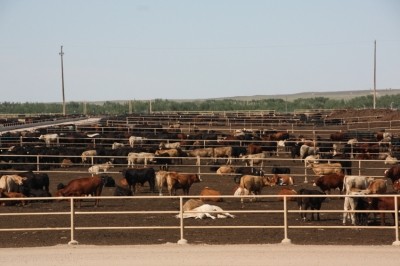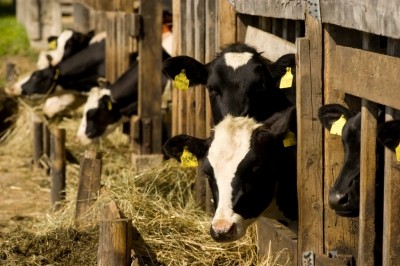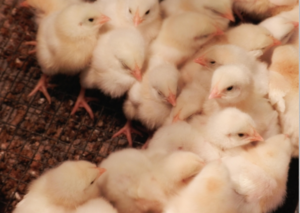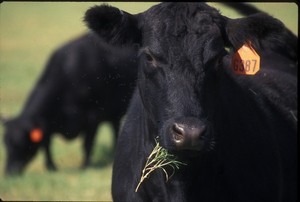US: Cattle farmers need to be proactive in boosting herd magnesium levels
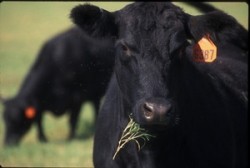
Cold season grasses often may not have the levels of magnesium needed for pregnant, lactating or older cattle, said Teresa Steckler, extension educator in commercial agriculture at the University of Illinois’ Dixon Springs Agricultural Center. And, nitrogen fertilizer can inhibit magnesium uptake in plants.
“Producers are going to see a decrease in magnesium in the fast growing plants,” she told FeedNavigator. “[With temperatures in the] 50s to 60 or 65 degrees [Fahrenheit], these grasses are going to be growing exponentially.”
The lack of magnesium in the cattle’s diet can put them in danger of developing grass tetany, also sometimes called pasture poisoning or hypomagnesemia, she said. Lactating cattle need about 0.20 to 0.25% magnesium in their daily diet.
Early symptoms of the disease include that cattle can be a little more excitable and have twitching muscles, she said. Later signs include a stiff gait, the potential for aggression and staggering.
Feed supplement
Adding supplemental magnesium to the diet can prevent problems or the development of the disease, said Steckler.
“Magnesium is generally found in the bones and muscles, and they hold it in the bones and muscles, but it’s not readily accessible,” she said. “As the cow urinates, defecates and lactates she’s losing the magnesium.”
Producers can start offering a feed supplement or include it with feed prior to starting cattle on spring pasture, she said. Some producers may start adding the mineral supplement with time on pasture, but others provide it all year.
“They [producers] can purchase a powder to dust on feed [or offer] lick blocks and things of that nature,” she said. “They just need to be proactive and provide that source.”
However, said Steckler, if offered as a lick or in the field, producers need to ensure that it is conveniently located for cows and that they are ingesting it as there can be concerns with palatability.
“Don’t make them walk across the pasture to get the mineral,” she said. “Make it convenient for the cattle, and if you need more than one mineral feeder have two or three.”
Pasture feeding
Another option for producers to keep cattle from only eating the quick-growing spring grass can be to continue offering hay, or to bring them off the pasture for intervals, said Steckler. Additionally, planting legumes can help supply more magnesium and dilute the grass intake.
“On lush pasture the cattle can’t consume enough to meet their dry matter needs,” she said.
In spring conditions, cattle would need to eat about 150 pounds of grass to take in enough dry matter and they don’t have the physical ability to consume that much, she added. But, mixing in hay can help slow down digestion.
The supplement likely will need to be continued into warmer weather, because even as grass growth slows, cows may be replenishing lost stores, she said. Also, the same problem can be a concern in the fall.
However, she said, it can still be important to watch for signs of the disease within a herd, because not all cattle will consume an offered mineral in the same amount.
Although lower, young and growing cattle also can be at risk from low magnesium levels because the nutrient is needed for bone and muscle growth and development, she added.
